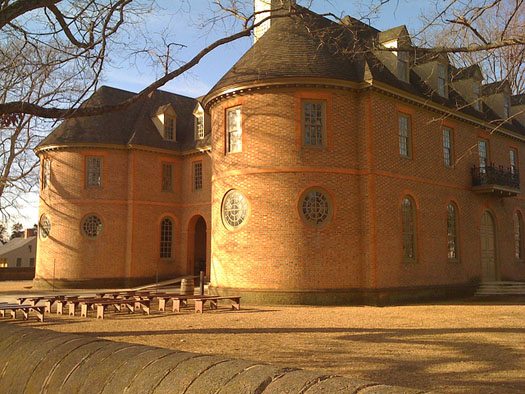
June 29, 2017; Williamsburg Yorktown Daily
As Americans look to celebrate the July 4th holiday next week, staff at Colonial Williamsburg, “the world’s largest living history museum” which highlights the colonial past, will be focusing on the institution’s future.
According to the Williamsburg Yorktown Daily, Colonial Williamsburg Foundation’s president and CEO Mitchell B. Reiss announced earlier this week that the foundation would outsource management of its commercial operations to four private firms and close a theater. The Daily reports, “A total of 333 employees, roughly 16 percent of the Foundation’s workforce, will be affected by the change—with 71 being laid off and the rest transitioned to other employers.”
An underlying problem for the foundation, and one that might come as a surprise to the nonprofit community, is that since its creation in 1983, the Colonial Williamsburg Company, the foundation’s for-profit arm, has not been profitable. The foundation’s reliance on its endowment for the last few years to offset the company’s losses has resulted in growing concern for the institution’s sustainability.
Reiss indicated that there has been an ongoing concern at the foundation that donors would stop giving out of a sense of fear that the endowment was headed for insolvency. With the foundation’s current restructuring, Reiss says that the endowment, currently at $684 million, will be secure by 2019.
Reiss explained, “The idea is we need to stabilize the endowment, so the endowment supports the historic area, education and the museum. It’s why people care and it’s why they come. It’s why they support us.”
Sign up for our free newsletters
Subscribe to NPQ's newsletters to have our top stories delivered directly to your inbox.
By signing up, you agree to our privacy policy and terms of use, and to receive messages from NPQ and our partners.
According to its website, Colonial Williamsburg’s mission is “to feed the human spirit by sharing America’s enduring story.” The foundation’s 2015 Annual Report notes the “serious change” impacting the foundation, with younger Americans not seeing the institution as relevant and families having less time and money to spend on vacations. In response to these external challenges, Colonial Williamsburg, like nonprofits everywhere, renewed attention to advertising campaigns, social media, and fundraising.
In an open letter to the Colonial Williamsburg community, Reiss provided background on the institution’s current situation:
For a variety of reasons—business decisions made in years past, less American history being taught in schools, changing times and tastes that cause us to attract half the visitors we did 30 years ago—the Foundation loses significant amounts of money every year.
He adds that in 2014 specifically, the foundation lost $62 million, or $176,000 every day, an amount he calls unacceptable and unsustainable. Reiss also explained that since 2001, the foundation has been withdrawing as much as 12 percent of its endowment annually, far beyond the five percent norm to which many nonprofits try to adhere.
In spite of its current financial challenges, the Colonial Williamsburg Foundation has a powerful board that includes a Harvard Law School professor, a Supreme Court Justice, and a number of representatives from the foundation community, all of whom should be helpful in this period of transition. Sounding an alarm for the future, Reiss said in his letter, “We can no longer do everything the way we did it in 1976, or 1986, or even 2006.” Hopefully this restructuring will chart a successful and stable course for the Colonial Williamsburg’s future.—Anne Eigeman













